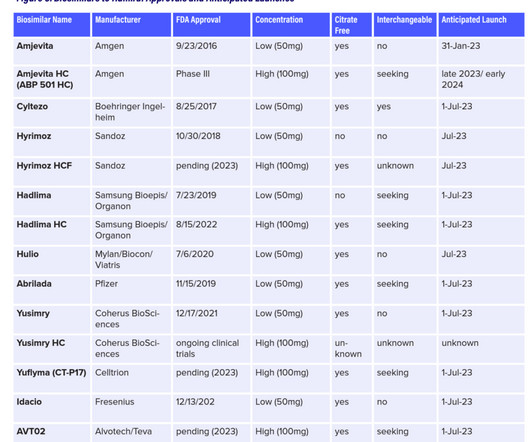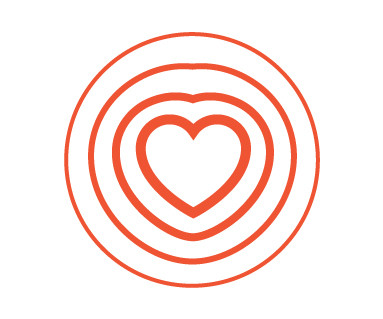The Cost of Treating Patients is On the Rise: PwC Goes What’s Behind the 2024 Medical Spending Numbers
Health Populi
JUNE 30, 2023
As the first line chart illustrates, the peak of medical trend in the last 18 years was in 2007 when the U.S. Here’s a link to PwC’s 2007 study looking behind the numbers, noting that the 11.9% saw double-digit cost growth of nearly 12%.












Let's personalize your content